Table of Contents
For the past couple of months, I have used the ASI533MC Pro as my main imaging camera for astrophotography. In this article, I will share my opinion after four months of use. I have no affiliations with ZWO and the opinion is my own.
Sample images
In the past few months, the weather here in Denmark, where I live, has not proven to be the best. My main interest is generally nebulae, but during winter, we have a lot of galaxies that are great for observing. In my images, I typically have around 100 images or more in my stack per photo.


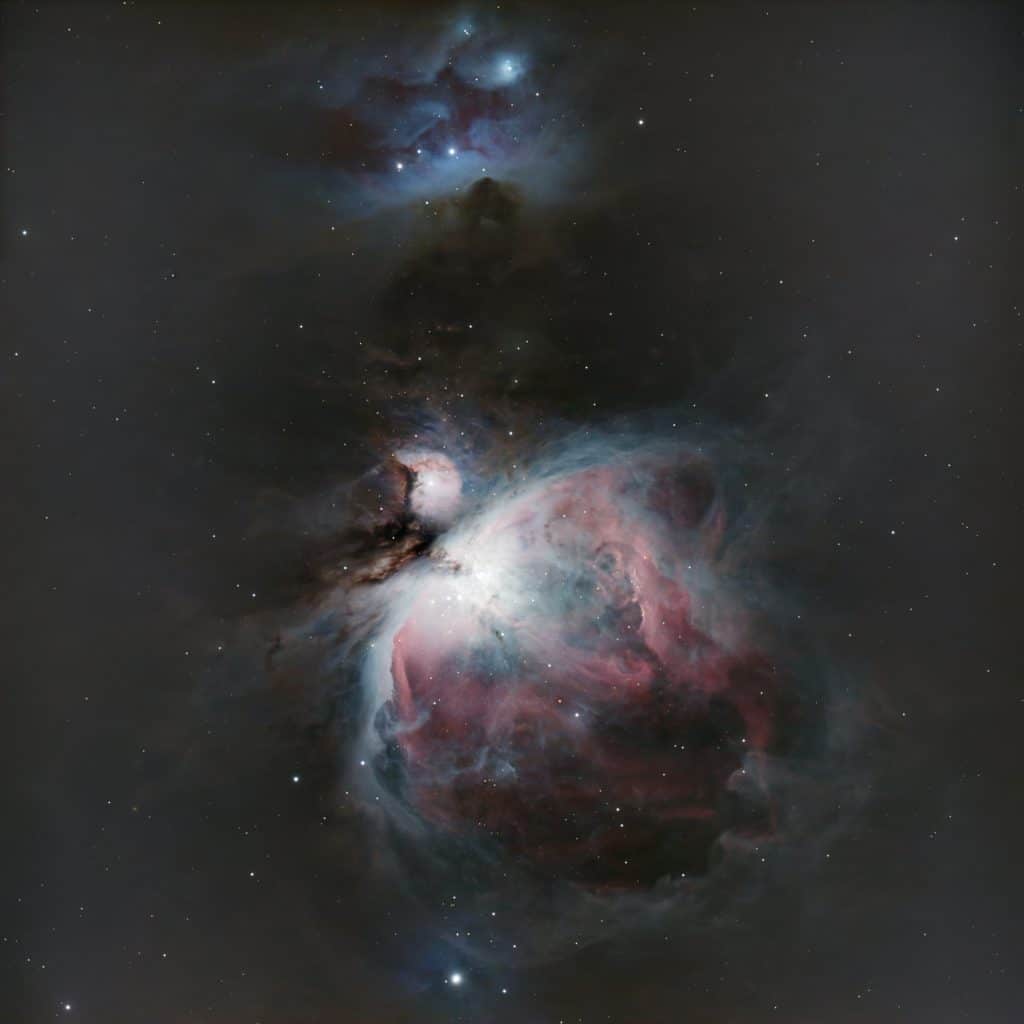
These images represent the different targets I have been going after in the past four months. They are only a small sample, and they have all been processed using Pixinsight.
Data collection
My setup during data acquisition has been the same. I have my scope, the Askar 71F Flat-Field mounted on to of the Sky-Watcher Star Adventurer GTi with my camera mounted directly, no filters was used in my imaging-train. The GTi was mounted on the stock tripod with the stock pier extension. The tripod is set up on top of a set of concrete blocks since the soil of my lawn has been quite wet, so to avoid the rig from sinking into the soil it was stabilized using the bricks.

This setup has proven to be somewhat stable. My scope is a bit on the heavy side for this mount. It works, but the mount struggles when it is close to the Zenith. I typically have guiding errors around 1 arcsecond which I know is not by any means good when comparing to more capable mounts like the Sky-Watcher EQ6-R pro or the ZWO AM3/5 mounts.
However the Star Adventurer GTi is cheap and lightweight, boxes which neither the EQ6-R pro nor AM3/5 ticks. I have seen guiding errors for the AM3 around 0.23 arcsec for a setup like this one.
However I think the 1 arcsec guiding error is around the level of accuracy of the guiding of the Star Adventurer GTi. The ASIair makes the whole rig perform fantastically, with FWHM of my stars around 4 – 6 arcsec. With a resolution of 1.58 arcsec/px that corresponds to 2.5 – 3.8 px.
Data quality
One of the things that amazed me was how clean the images coming straight out of the camera were. That was a big surprise when converting from a stock mirrorless camera to a dedicated astronomy camera.
If we do some pixel peeping on one of the frames of my first light image of M33, you can read the article on the first light here. The stars are very round and do not show any sign of chromatic aberration.
If you are not familiar with this view, the nine squares represent a portion of the image frame; basically, the top row is a sample from the left-hand corner, the top-center and the right-hand corner. The middle row is the left-hand center, the image center and the right-hand center. and likewise for the bottom row.
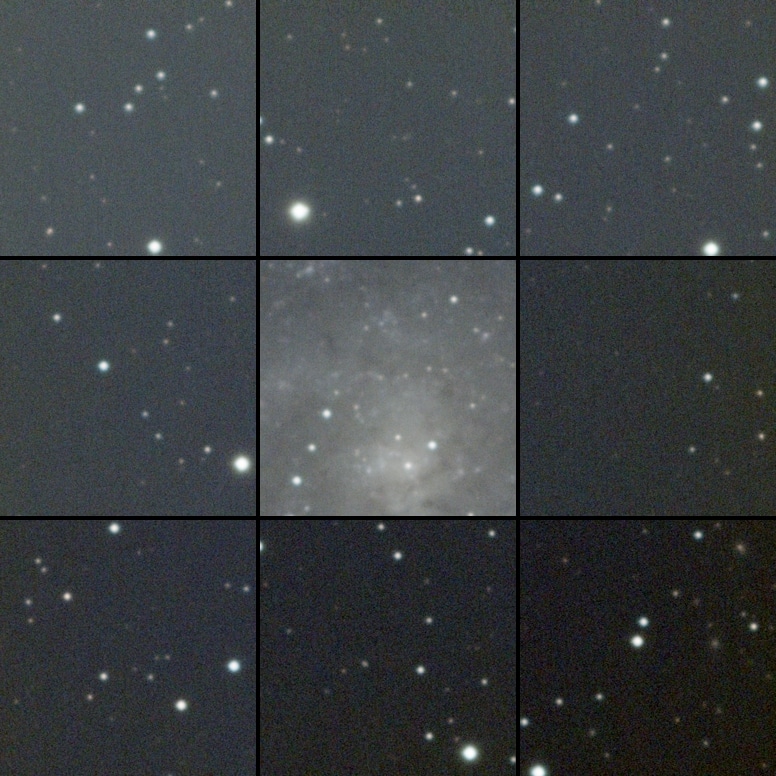
What we are looking for here is that none of the stars are elongated, especially in the corners of the image. Since the inspector window above is for one single frame, we can see that there is a tiny amount of graininess, but this falls off very rapidly when stacking more images. From my 4 months of testing, it is my experience that the background of ASI533MC Pro images becomes very clean as soon as 100 images are stacked.
More Sample images from the ASI533MC pro
I have been impressed with two things during the past 4 months, The first thing is how clean the data of the ASI533MC pro is. The second thing has nothing to do with the camera, but we have suffered a long time with horrible weather here in Denmark. Follow my Astrobin page for more images taken with the ASI533MC pro, or find me on Instagram.
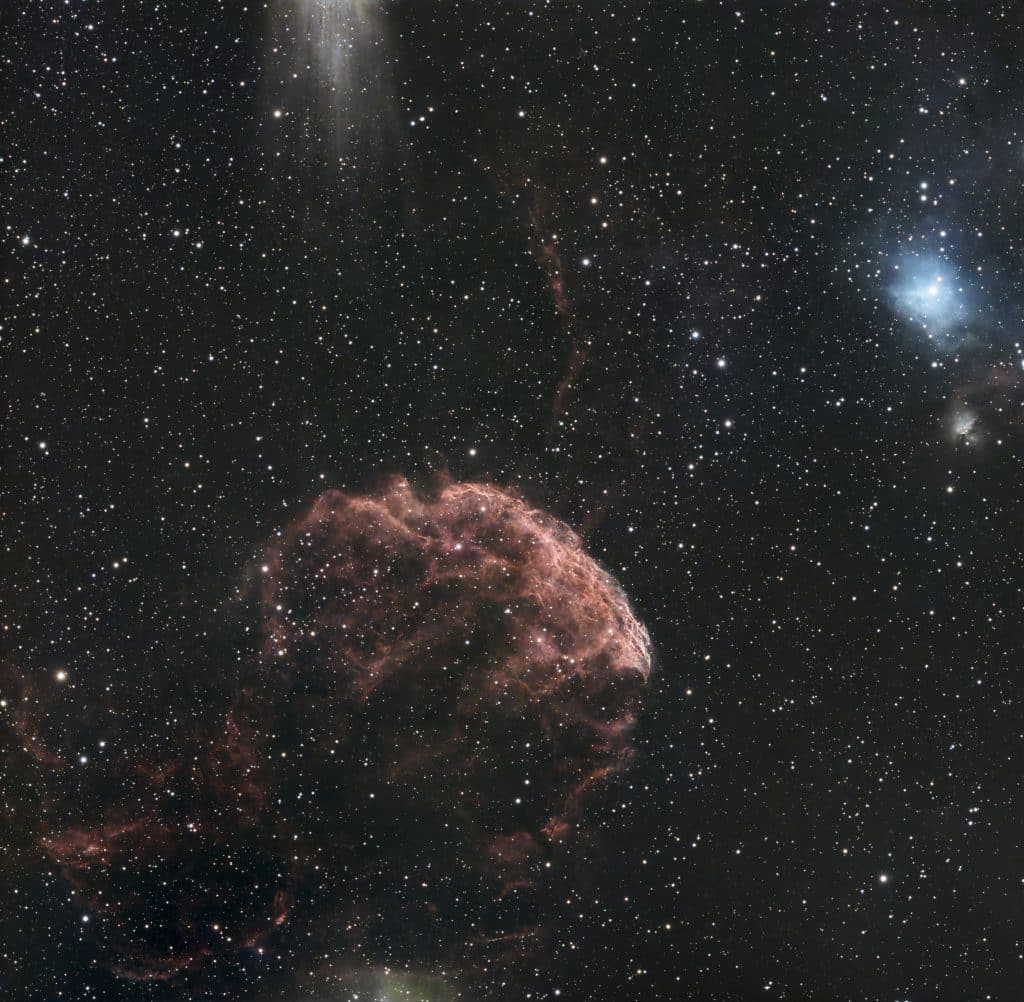
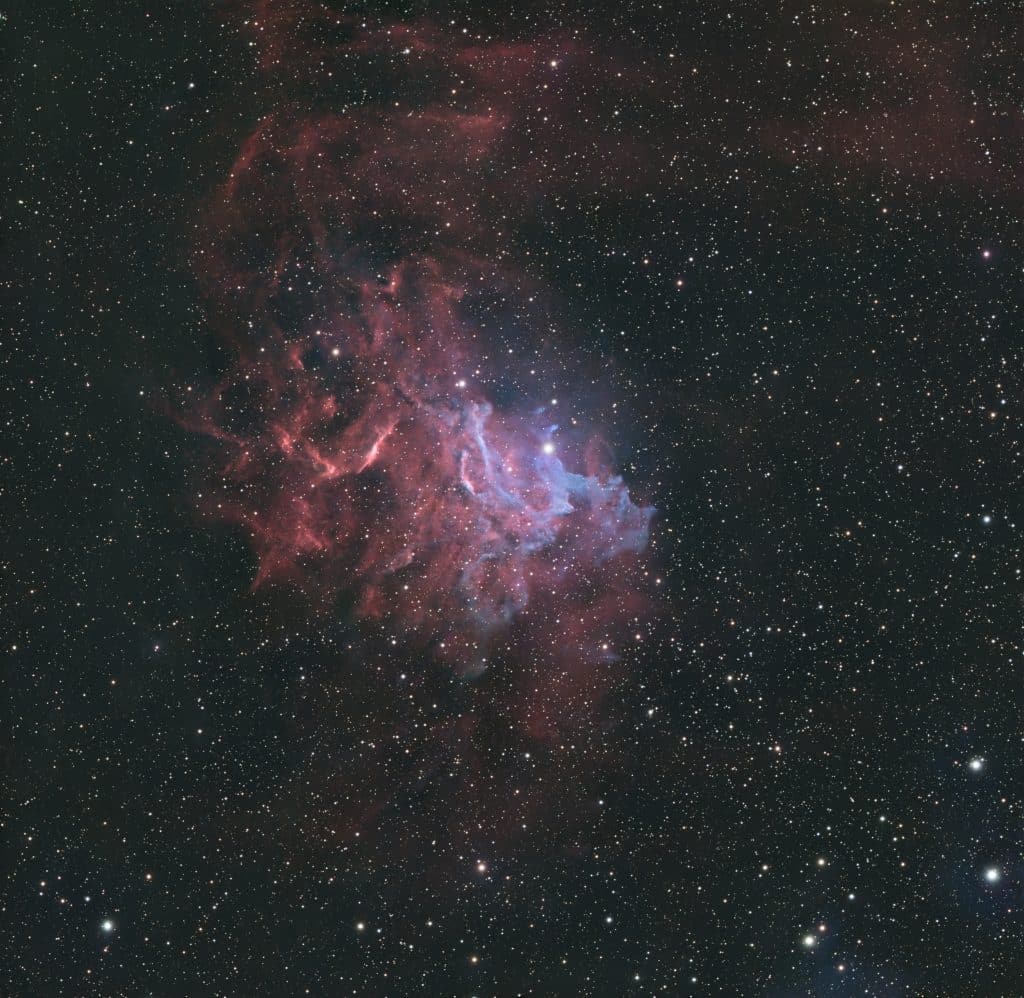
Challenges of using a dedicated astronomy camera
One of the biggest challenges I have found is related to the fact that I am not using any filters with my system. This is because I believe that I should do as little as possible to my imaging train, hence, I will not be getting any filters until I have a mount that can carry the added weight of an EFW and an EAF.
The result of not using any filters with the ASI533MC pro is halos around bright stars. Especially for bright emission nebulae, this might present a problem. The issue with halos can be seen in my most recent image of a part of the soul nebula, which you can see below. Here, some of the brighter stars appear to have a slight purple tint to them, in the form of a halo.
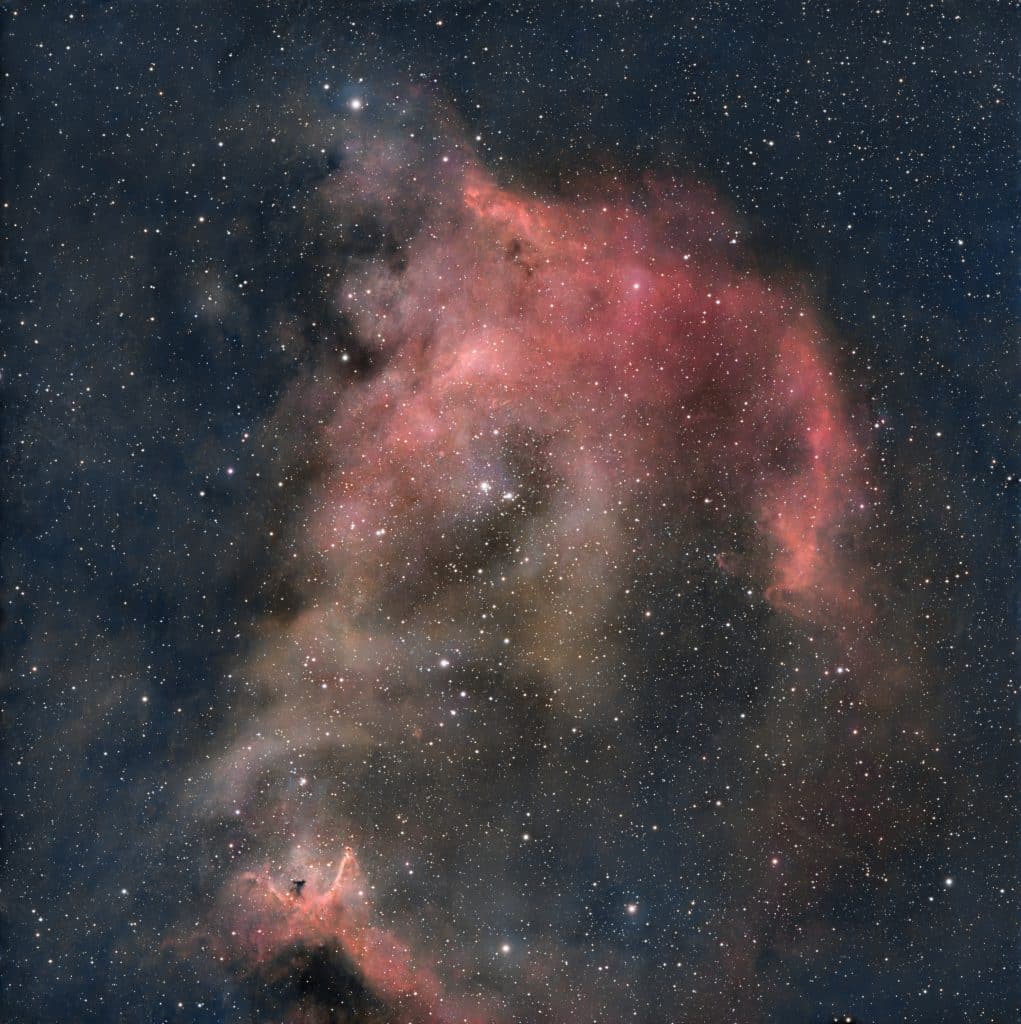
The conclusion
Over all I am quite pleased with camera. It performs well. It is reliable and has proven to be a major upgrade over my Nikon Z5. The sensor has a square form factor; for some, this is not a benefit, but for me this feels just like when I was working in astronomy, where the sensors mounted on bigger telescopes like the Nordic Optical Telescope (2.56m) or the William Herschel Telescope (4.2m) were square sensors. For this reason, I like the ASI533MC pro despite the reduction of size in comparison to the Nikon Z5, which is a full-frame camera.
The main thing that might keep astrophotographers from investing in the ASI533MC pro is the price point. Especially since the release of the ZWO ASI535MC pro, which is about half the price of the ASI533MC pro. However, the sensor is also approximately half the size, with the pixel size of the 535MC pro is smaller than the 533MC pro.

